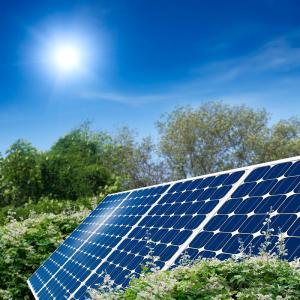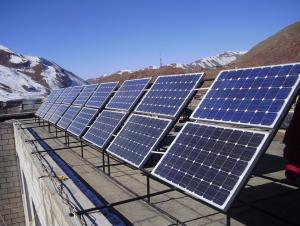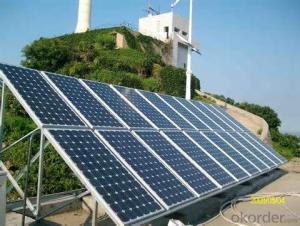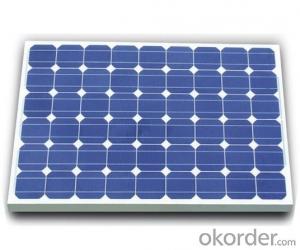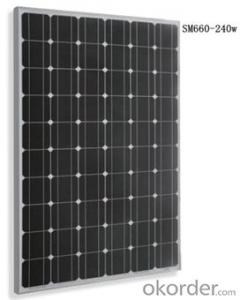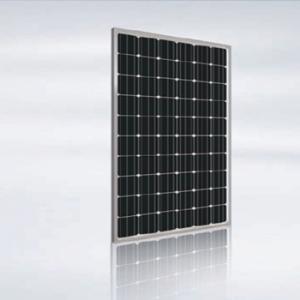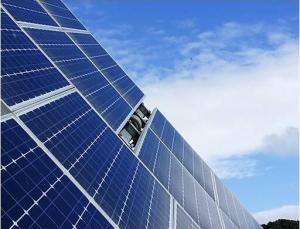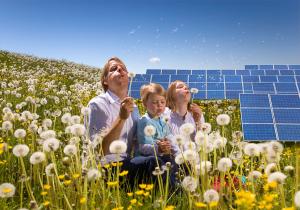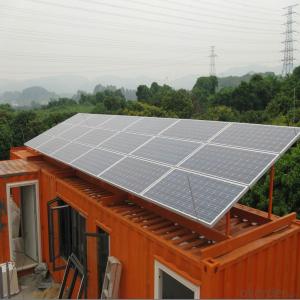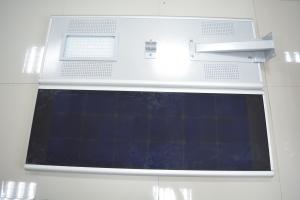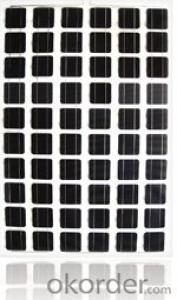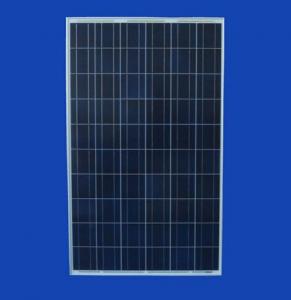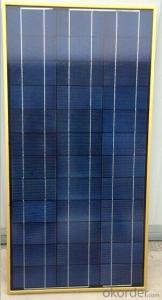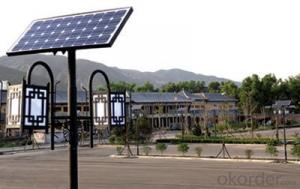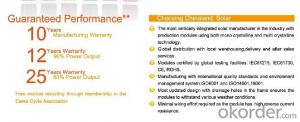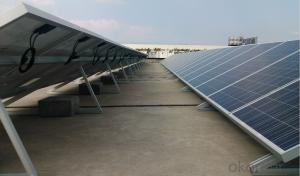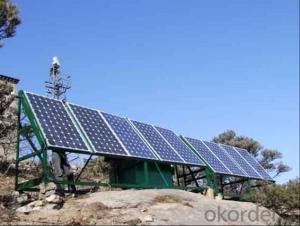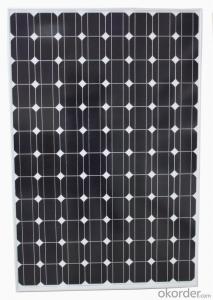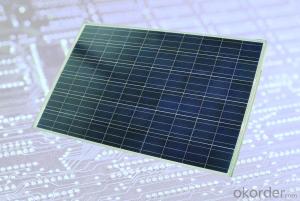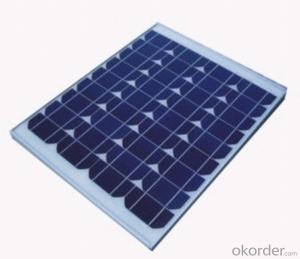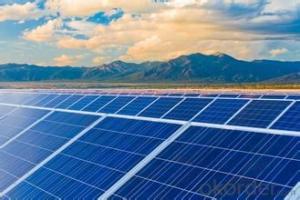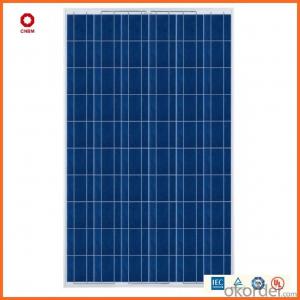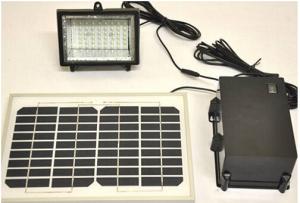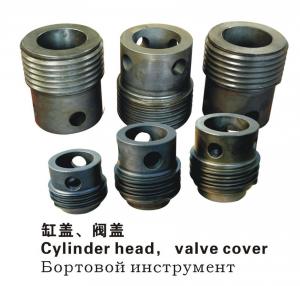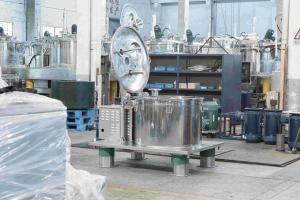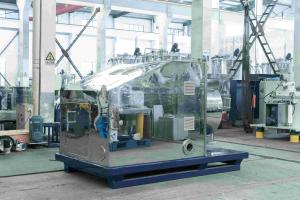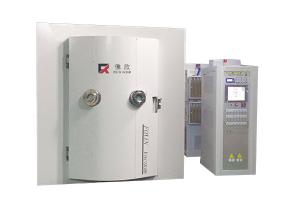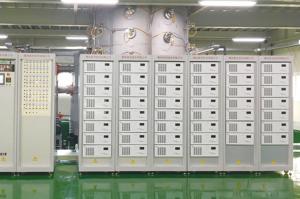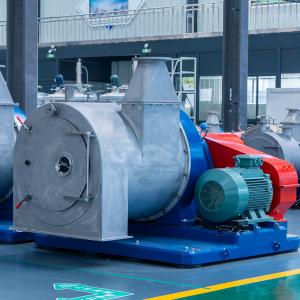Bosch Solar Module C-Si M 60
Bosch Solar Module C-Si M 60 Related Searches
Bosch Solar Module C Si M 60 Bosch Solar Module 60 Cell Solar Module Cis Solar Module C Si Solar Cells Cdte Solar Module Silicon Solar Module Cs6k Module Solar Solar Module München Solar Module China Solar Module Solar Battery Module Smart Module Solar Solar Power Bank Module Solar Module Components Module Solar Panel Solar Power Module Solar Energy Module Solar Cell Module Mini Solar Module Solar Panel Module Ibc Solar Module Psim Solar Module Solar System Module Solar Charger Module Viessmann Solar Module Solar Light Module Solar Photovoltaic Module Solar Battery Charger Module Solar Module PartsBosch Solar Module C-Si M 60 Supplier & Manufacturer from China
Bosch Solar Module C-Si M 60 is a high-quality photovoltaic product that utilizes crystalline silicon technology to efficiently convert sunlight into electricity. This advanced solar module is designed to meet the growing demand for renewable energy solutions, offering a reliable and eco-friendly alternative to traditional power sources. The Bosch Solar Module C-Si M 60 is widely recognized for its durability, efficiency, and ability to withstand various weather conditions, making it suitable for both residential and commercial applications.The Bosch Solar Module C-Si M 60 finds its application in a variety of usage scenarios, including rooftop installations, solar farms, and off-grid power systems. Its compact design and high power output make it an ideal choice for spaces with limited available area, while its robust construction ensures long-term performance and minimal maintenance. The module's ability to generate electricity even under low-light conditions further enhances its appeal, providing a consistent power supply throughout the day.
As a leading wholesale supplier, Okorder.com offers an extensive inventory of Bosch Solar Module C-Si M 60 products, catering to the needs of various customers across different industries. With competitive pricing and a commitment to quality, Okorder.com ensures that businesses and individuals can access the Bosch Solar Module C-Si M 60 at the best possible rates, facilitating the adoption of clean and sustainable energy solutions.
Hot Products
